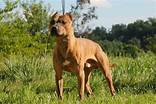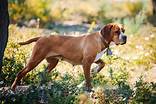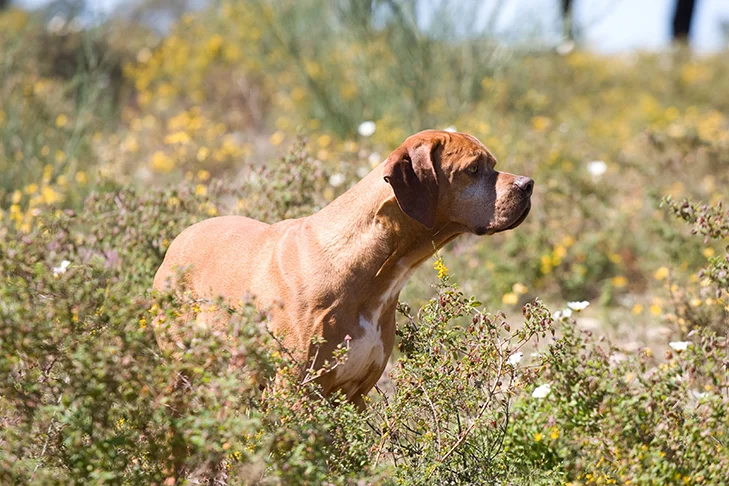A very old hunting breed developed to cooperate closely with its handler is the Portuguese Pointer. They work hard and are devoted to their owner with enthusiasm.
A medium-sized dog is what the Portuguese Pointer is categorized as. They have a lot of energy as a sporting dog, especially when they are young. This breed is extremely resilient and capable of remarkable endurance and love. Their friendly nature is so intense that the Portuguese standard defines it as occasionally “inappropriate and uncomfortable.” They are quite social and calm, yet they can be arrogant towards other dogs. They are naturally curious, persistent, and vivacious workers who are always keen hunters that maintain close contact with their handlers.






 Health
Health Grooming
Grooming Exercise
Exercise Training
Training Nutrition
Nutrition